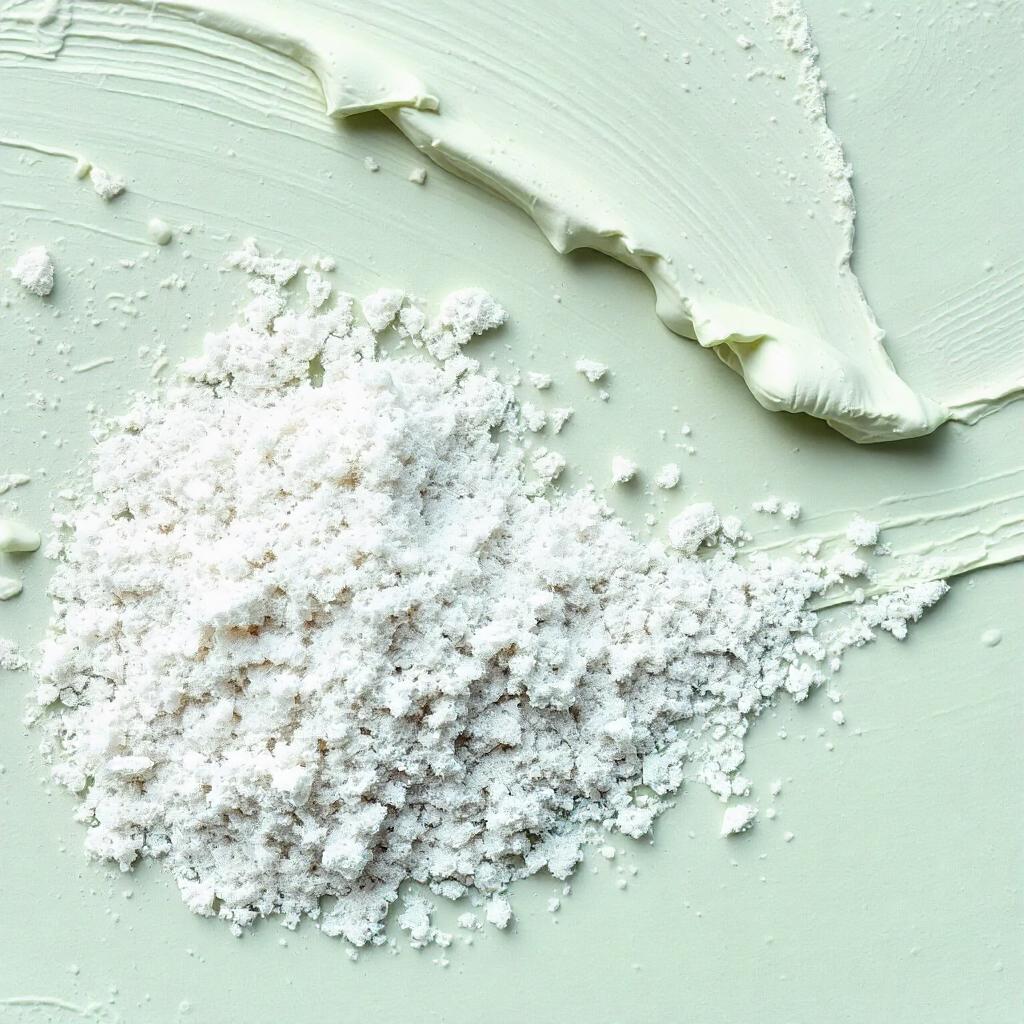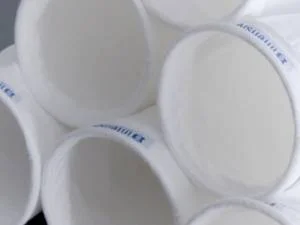Crystalline Silica in Paint
Crystalline silica is a naturally occurring mineral found in materials like sand and quartz. It is often used in paint formulations to make paint stronger and improve its texture. Many paint manufacturers include crystalline silica to help the paint last longer and to create a smoother finish. It is important to understand the role of crystalline silica in the paint industry. Knowing how it works can help people make safe choices when using or applying paint.
Composition and Role of Crystalline Silica in Paints
Crystalline silica is a chemical compound made of silicon and oxygen. Its chemical formula is SiO₂. This material plays an important role in paints. It acts as a filler, which helps improve the paint’s hardness and resistance.
Crystalline silica is often found in different types of paint. Flat latex paints can contain up to 6% crystalline silica. This concentration helps the paint perform better.
Here are some key properties and functions of crystalline silica in paints:
- Improves hardness: Crystalline silica makes the paint surface tougher.
- Increases resistance: It helps paint resist scratches and wear.
- Enhances texture: It gives paint a better feel and look.
- Boosts durability: Paint with crystalline silica lasts longer.
- Helps with drying: It can affect how quickly paint dries on surfaces.
These properties make crystalline silica a valuable part of many paint products.
Health Risks Associated with Crystalline Silica Exposure
Health risks associated with crystalline silica exposure are serious. Inhalation of respirable crystalline silica particles can cause many health problems. One major issue is silicosis, which is a lung disease that makes it hard to breathe. Another risk is lung cancer, which is a serious illness that can be fatal. Chronic obstructive pulmonary disease (COPD) can also occur, leading to long-term breathing problems. Kidney disease is another danger. These health risks become even more significant during activities like sanding or scraping paint. These actions can release fine silica dust into the air, increasing the chance of inhaling harmful particles.
Regulations and Safety Standards
OSHA sets rules for worker safety. One important rule is about respirable crystalline silica. The permissible exposure limit (PEL) for this substance is 50 µg/m³. This limit is based on an 8-hour time-weighted average. This means that workers should not be exposed to more than this amount over an 8-hour workday.
NIOSH also has guidelines for respirable crystalline silica. NIOSH recommends a lower limit than OSHA. This recommendation aims to protect workers even more. Compliance with these guidelines is very important. It helps keep workers safe from health risks related to silica exposure.
Here is a simple table to compare the limits set by OSHA and NIOSH:
| Organization | Exposure Limit (µg/m³) | Time Frame |
| OSHA | 50 | 8-hour time-weighted average |
| NIOSH | 25 | Recommended limit |
Following these safety standards helps ensure a safe work environment for everyone.
Alternatives to Crystalline Silica in Paints
The industry is moving towards safer options in paint. Alternatives to crystalline silica are becoming popular. Amorphous silica and other engineered fillers are now used instead. These materials provide many benefits.
- Amorphous Silica: This type of silica is less harmful. It has a different structure than crystalline silica. It can still help improve paint strength and durability.
- Engineered Fillers: These fillers are made to be safe and effective. They can replace crystalline silica in paint. They also provide similar performance in terms of texture and finish.
- Reduced Health Risks: Using these alternatives lowers the chance of health issues. Workers who handle paint have less exposure to harmful dust.
- Comparable Performance: Amorphous silica and engineered fillers work well in paint. They help maintain the same quality and appearance as traditional paints.
- Better Safety Standards: The shift towards these alternatives supports better safety rules in the industry. This helps protect both workers and consumers.
The use of these alternatives shows that the paint industry cares about safety and quality.
Best Practices for Handling and Application
Handling paints that contain crystalline silica requires care and attention. It is important to follow some best practices to stay safe while using these products. Here are steps to follow:
- Wear Personal Protective Equipment (PPE): Always wear a mask or respirator when using these paints. This equipment helps to block harmful dust from entering the lungs.
- Use Proper Ventilation: Make sure the area where you work has good airflow. Open windows and doors or use fans to keep air moving. This helps to reduce the amount of dust and fumes in the air.
- Control Dust While Sanding or Scraping: When you sand or scrape surfaces, dust can fly everywhere. Use a wet method or a vacuum with a HEPA filter to keep dust down. This helps to avoid breathing in harmful particles.
- Follow Manufacturer Instructions: Always read and follow the instructions on the paint label. Each product may have specific steps or safety measures.
- Check Safety Data Sheets: Safety data sheets (SDS) provide important information about the paint. They include details on hazards and safety precautions. Always review these documents before starting work.
By following these steps, a person can safely handle and apply paints that contain crystalline silica. It is crucial to take these precautions to protect health.
Case Studies: Impact of Crystalline Silica Exposure
Case studies show the impact of crystalline silica exposure on health. One recent example comes from Melbourne. A couple there faced serious health issues after doing home renovations. They worked with materials that contained crystalline silica. During this process, they were exposed to silica dust.
After some time, both individuals received cancer diagnoses. Doctors linked their illnesses to the silica dust they inhaled while renovating their home. This case highlights how improper handling of materials containing crystalline silica can have severe consequences.
Another example involves workers in construction. These workers often cut tiles, concrete, or stone. Without proper protection, they breathe in silica dust. Over the years, some have developed lung diseases or other serious health problems.
These real-life cases show the dangers of crystalline silica exposure. People must understand the risks when working with materials that contain this substance. Safety measures are essential to protect health.
Conclusion
Awareness and safety are very important when dealing with paints that contain crystalline silica. Crystalline silica can cause health problems if inhaled. It is crucial to understand these risks and take protective measures. Workers should always wear masks and use proper ventilation when using such paints.
Intensiv Filter Himenviro is a global leader in industrial filtration solutions. They focus on providing tailored solutions for cleaner air. Their products help industries follow environmental regulations. This commitment ensures that workplaces remain safe for everyone.
Understanding the dangers of crystalline silica and using the right safety measures can protect health. Companies like Intensiv Filter Himenviro play a big role in promoting safety and cleaner air in various industries.



